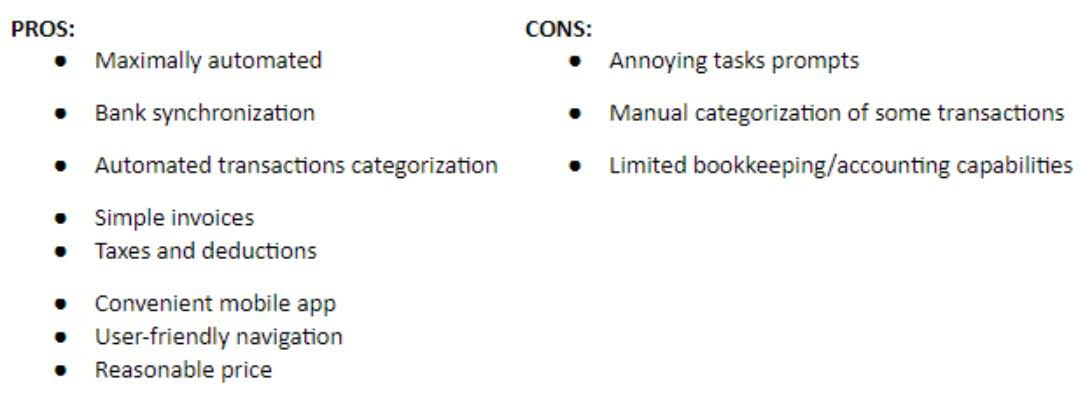Net Income The Profit of a Business After Deducting Expenses
The total amount of pay received is the gross income, while the net income is the remaining amount after taxes and deductions are removed. Net income is your gross pay minus deductions why is net income lower than gross and withholding from your paycheck. Your net income, sometimes called net pay or take-home pay, is the amount your employer deposits in your bank account or writes your check for.
- Your net income, sometimes called net pay or take-home pay, is the amount your employer deposits in your bank account or writes your check for.
- Revenue is the amount of income generated from the sale of a company’s goods and services.
- Your net income is how much money that you actually take home and can be a starting point as you set up your budget.
- But what if we add in the cost of flyers to advertise your market stall and repairs on your apple cart?
- We do not include the universe of companies or financial offers that may be available to you.
Calculating Net Income for Your Business
Net income, or net profit, is what’s known as your “bottom line”—perhaps unsurprisingly, you can find it at the bottom of your income or profit and loss statement. “Expert verified” means that our Financial Review Board thoroughly evaluated the article for accuracy and clarity. The Review Board comprises a panel of financial experts whose objective is to ensure that our content is always objective and balanced. Bankrate has partnerships with issuers including, but not limited to, American Express, Bank of America, Capital One, Chase, Citi and Discover.
Gross income and margin
Individuals can use net income to create a budget based on their take-home pay, after taxes and deductions are taken out. Net income can give you an overall idea of the health of a business, because it shows profits after all deductions are taken out. If there are major differences between gross and net income, it can be a warning sign. Since net profit includes a variety of non-cash expenses such as depreciation, amortization, stock-based compensation, etc., it is not equal to the amount of cash flow a company produced during the period. Analyzing a company’s ROE through this method allows the analyst to determine the company’s operational strategy.
What is debt-to-income ratio and why does it matter?

One of the most important metrics for businesses and investors to track is net income. This is also sometimes referred to as net profit, net earnings, or — more colloquially — “the bottom line,” which refers to the profits left https://www.bookstime.com/ over after total expenses have been deducted. On the other hand, a business’s net income, also referred to as net profit, is normally the amount of money left over after accounting for operating expenses a company incurs.

How to calculate net income
So after you’ve subtracted income taxes, including the payroll taxes withheld from your paycheck for programs like Social Security and Medicare, from your taxable income, you’re left with net income. Once you’ve subtracted all deductions from your gross income, you’re left with your taxable income. Depending on how much your taxable income is, you owe the federal government a marginal tax rate that can range anywhere from 10% to 37%. As you can see, net income zeroes in on how profitable your business actually is. So if your net income is significantly lower than your total revenue, you may want to start cutting back on some operating costs.
How Gross Income and Net Income Can Affect Your Budget
Gross income is the total amount of income you receive from all sources before any taxes or other deductions are taken out. This includes your salary or wages, tips, bonuses, rental income, investment income, and any other sources of income you may have. But what if we add in the cost of flyers to advertise your market stall and repairs on your apple cart? If those costs average out to an additional $0.40 per apple, your net profit margin is now 35%. You’re still making money, but not quite as much as your gross profit margin might seem to indicate.
The Bankrate promise
For example, a company in the manufacturing industry would likely have COGS listed. In contrast, a company in the service industry would not have COGS, instead, their costs might be listed under operating expenses. However, some companies might assign a portion of their fixed costs used in production and report it based on each unit produced—called absorption costing. For example, say a manufacturing plant produced 5,000 automobiles in one quarter, and the company paid $15,000 in rent for the building. Under absorption costing, $3 in costs would be assigned to each automobile produced. For instance, if your gross income is significantly higher than your net income year after year, you may want to evaluate your expenses line-by-line to see what you can eliminate or reevaluate.
A line item budget can help you balance your finances and meet your near-term and longer-term goals. SmartAsset Advisors, LLC (“SmartAsset”), a wholly owned subsidiary of Financial Insight Technology, is registered with the U.S. A simple rule of thumb is to save that money every month or use it to pay down high-interest debt. However, if there’s no money left or the number is negative, you may want to consider cutting costs. Consider looking at your expenditures to decide where you can feasibly cut spending.
- Net income is a key metric for assessing the health of a business and signifies the profit a company earns after the total of all deductions and expenses are subtracted from total revenue.
- Another reason that gross income is often a better comparison than net income is because the money that is withheld from your paycheck usually represents actual value that you receive.
- Net income refers to a company’s earnings minus business and operating expenses.
- High initial marketing costs might fuel greater customer retention down the road, boosting revenue long-term and balancing initial expenses with healthier margins over the longer term.
- Gross income and net income can provide a different perspective and affect goals and actions you may take personally or as a business owner.
- In some cases, companies expect losses over the first months or even years of operating due to high start-up or overhead costs.
0 Komentar